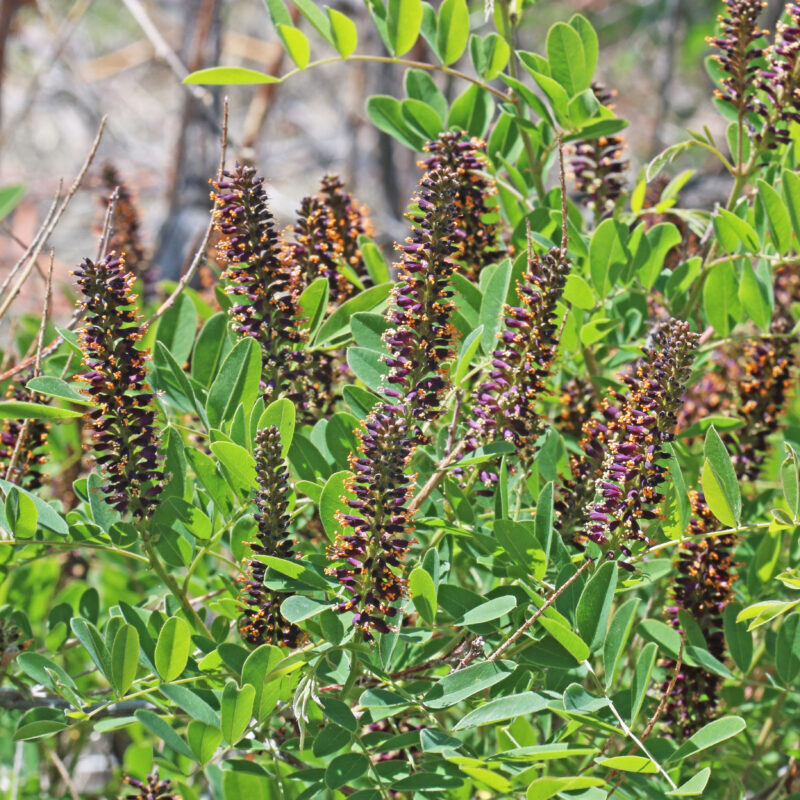
Italian arum (Arum italicum) is also known as Orange Candleflower, Cuckoo’s Pint and Italian Lords-and-Ladies. It is a problem invasive species in warmer climates, and also in Oregon. This European perennial was introduced as an ornamental plant for its showy leaves and orange seed heads. Like other invasive species, infestation of this plant can lead to reduced plant biodiversity and less habitat/food options for native animal species.
It spreads by birds and animals who eat the seeds, and small bulbs that easily spread in disturbed soils. They can also be spread from dumped yard debris or compost. Once established, it is very difficult to remove. Arum thrives in moist, well-shaded woodland areas and also is hardy enough to survive in drier urban yards. This species is toxic to animals and humans.
It’s distinctive white-veined leaves are present in the fall and sometimes through the winter. The plant produces flowers with a pale hood-like leaf (known as a spathe) circling a white-yellow nodule (called a spadix) in late April to June and give off a displeasing odor. After the flower dies back, you’ll see the green (turning to bright orange-red) berries in tight, oblong clusters.
Removal
Unfortunately, manually digging up Italian arum is the only way to get rid of it. Being careful while looking for bulbs, as well as checking back in on the site, and re-treatment is likely. Soil and bulbs you dig up should go in the trash, not compost. Wear gloves and long sleeves when digging Italian Arum. See more information from the City of Portland.
Italian Arum is not known to respond to herbicide.
Some native plant alternatives are:
- Stream violet
- Beach strawberry
- Wood strawberry
- Wild bleeding heart


